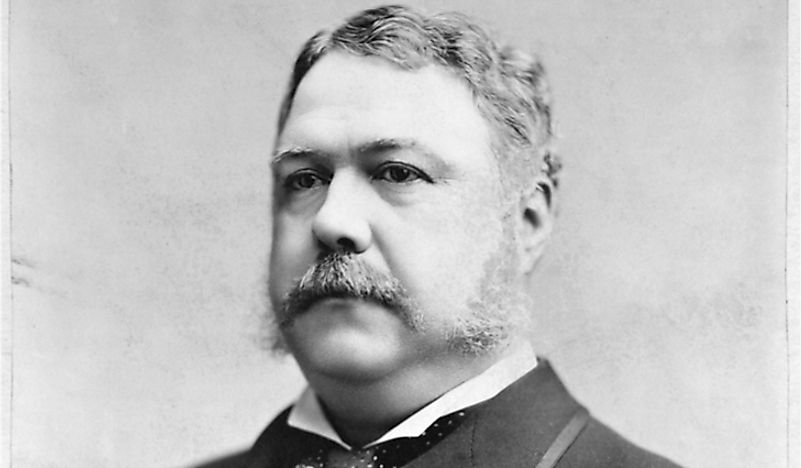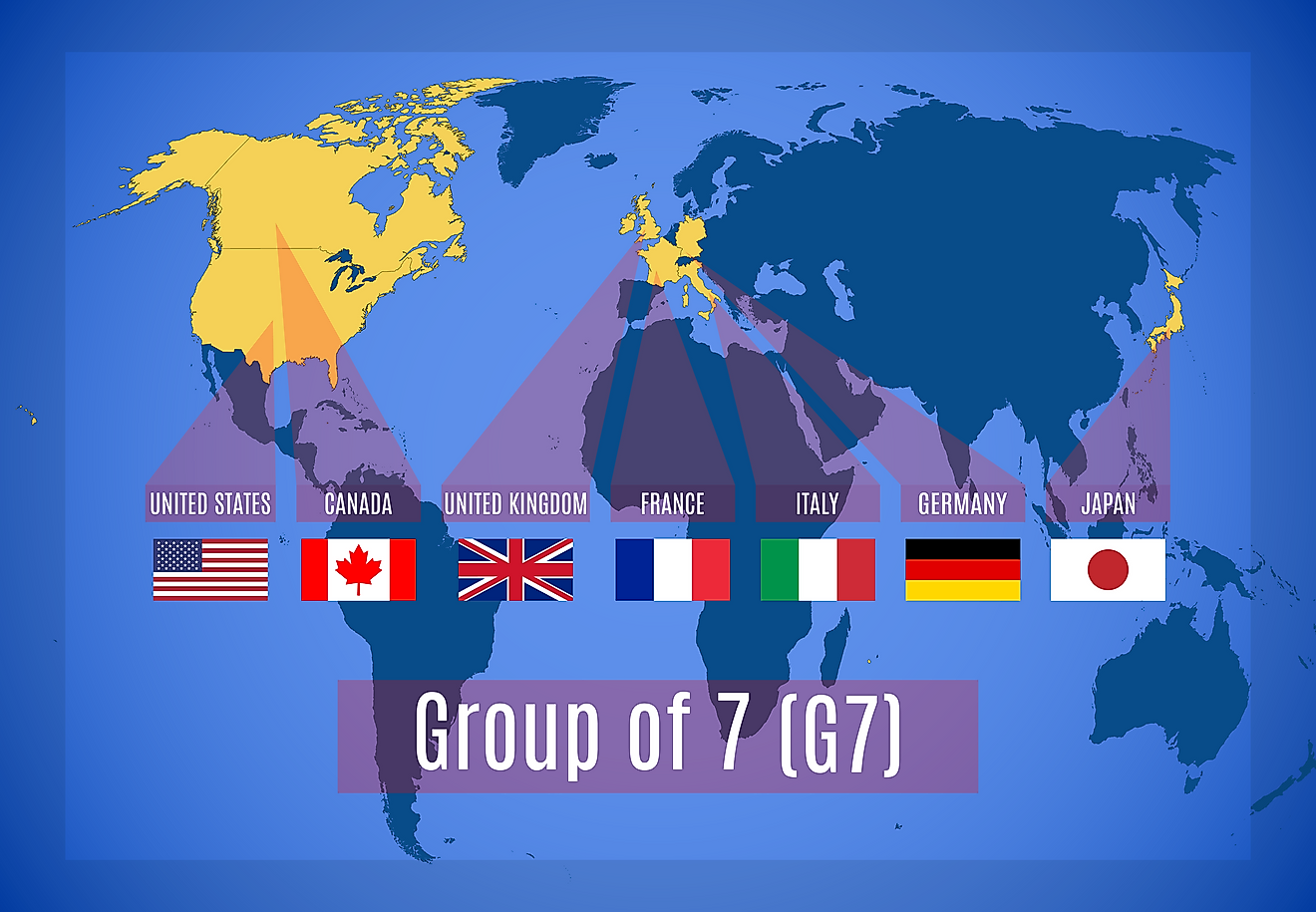Chester A. Arthur – the 21st President of the United States

Early Life
Former President Chester A. Arthur was born in Fairfax, Virginia on October 5, 1829. His father was a Baptist minister and due to his profession, Arthur, and his family moved all over Vermont and New York during his childhood. He graduated from Union College in 1848 and went on to study law at the now non-existent State and National Law School. In 1854, he took the bar and became licensed in the state of New York. He was married in 1859 to Ellen Lewis Herndon, who passed away before Chester took office as President.
Professional Career
One of his most monumental legal cases was to defend, Elizabeth Jennings Graham, an African-American woman who was not allowed to take a seat on the public transportation in Manhattan. The ruling helped lead to the desegregation of public transportation in New York. Sticking to his belief in civil rights for all, he was involved in the case which determined that any slave transported through New York state would be freed. He joined the Republican party which was formed to fight slavery.
Although he was a militia member, he did not fight in the Civil War. Instead, Arthur was appointed as the Quartermaster General for New York State. His responsibilities involved ensuring that soldiers had adequate food and supplies.
Political Career
In 1871, then-President Grant appointed Chester to the Collector of the Port of New York position where he managed around 1,000 employees. Well-known Republican Roscoe Conkling helped him attain the appointment and to return the favor, Arthur hired political supporters of Conkling. In return, these employees contributed a portion of their salary to the Republican party. When President Hayes took office, he wanted to reform the Customs House, which was not supported by Arthur. In 1878, Hayes had him removed from office.
In 1880, the Republican party nominated him as the vice presidential running mate for James Garfield. The duo took office on March 4, 1881. In July of the same year, President Garfield was shot and died from complications two months later. On September 20, 1881, Chester A. Arthur became the 21st President of the United States.
Presidency
Nearly as soon as he took office, Arthur moved away from his undying support of Conkling and the Republican party. He began to campaign for civil service reform, a movement with the aim to ensure that public service offices would be filled based on experience and skill rather than political affiliation. He signed the Pendleton Civil Service Act in January of 1883, putting reform into law and further protecting civil servants by making it illegal to fire them for political reasons. This act also put an end to forced political contributions.
Some of his other notable actions as president include vetoing the Chinese Exclusion Act of 1882, the objective of which was to prohibit Chinese immigration to the US. Congress, however, overrode his veto, and the Act became law. Although against Chinese exclusion, Arthur did pass a measure prohibiting those individuals living in poverty, with mental disabilities, and criminals from immigrating to the country. In 1883, he signed into law the Tariff Act to lower tariffs on foreign goods. This move was not popular, particularly with Democrats, and it became a point of contention between the two political parties.
While in office, Arthur was diagnosed with a kidney ailment called Bright’s disease. Though he suffered from poor health in his last years as president, he did not publicly announce his condition. When it was time to campaign for his second term, Arthur chose not to re-run.
Legacy
He will be remembered for entering the presidency at a time of political distrust when he was not the most popular public figure. Upon his exit, however, he had gained public favor and respect. He was a competent, fair, and flexible president.
Chester A. Arthur, 21st U.S. President
| Party Affiliation | Republican |
|---|---|
| Birthplace | Fairfield, Vermont |
| Date of Birth | October 5th, 1829 |
| Date of Death | November 18th, 1886 |
| Start of Term | September 19th, 1881 |
| End of Term | March 4th, 1885 |
| Vice President | None |
| Major Conflicts Involved In | American Diplomatic Interventions in South America and the Pacific |
| Preceded by | James A. Garfield |
| Succeeded by | Grover Cleveland |
| First Lady | Ellis Lewis Herndon Arthur |











